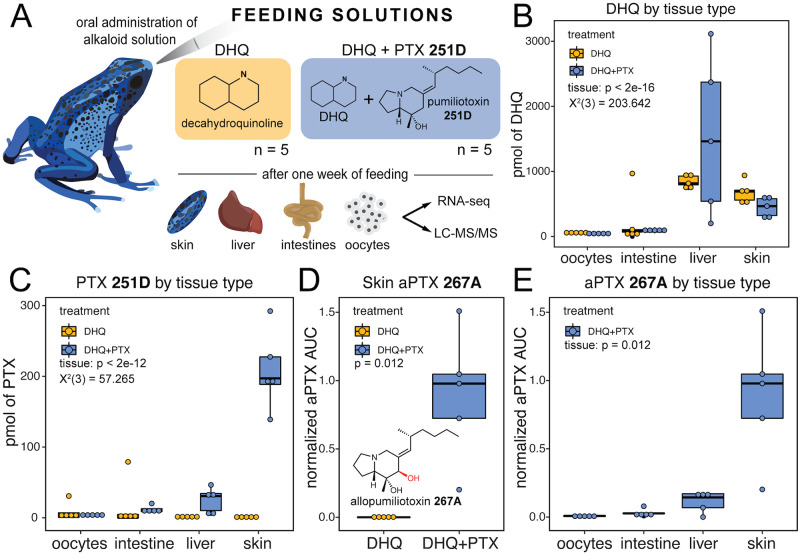Fig 1. Alkaloid sequestration in different tissue types.
Boxplots showing abundance of different compounds in different tissues and treatment types, with DHQ-fed frogs in yellow and DHQ+PTX-fed frogs in blue. (A) Frogs were orally administered either DHQ or DHQ+PTX once a day for five days. (B) DHQ abundance differed by tissue but not treatment group and was highest in the liver and skin (GLMM tissue, X2 (3) = 203.642, p < 2e-16). (C) PTX levels differed by tissue and treatment, and were higher in the liver and skin of the DHQ+PTX fed group (GLMM tissue:treatment, X2 (3) = 57.265, p < 2e-12). (D) The hydroxylated metabolite aPTX was found in the DHQ+PTX fed frogs (Wilcoxon test, W = 0, p-value = 0.012, n = 5). (E) aPTX abundance differed across tissues within the DHQ-PTX group (Kruskal-Wallis, X2 (3) = 13.727, p = 0.003), and was found primarily in the skin, with some in the liver.

